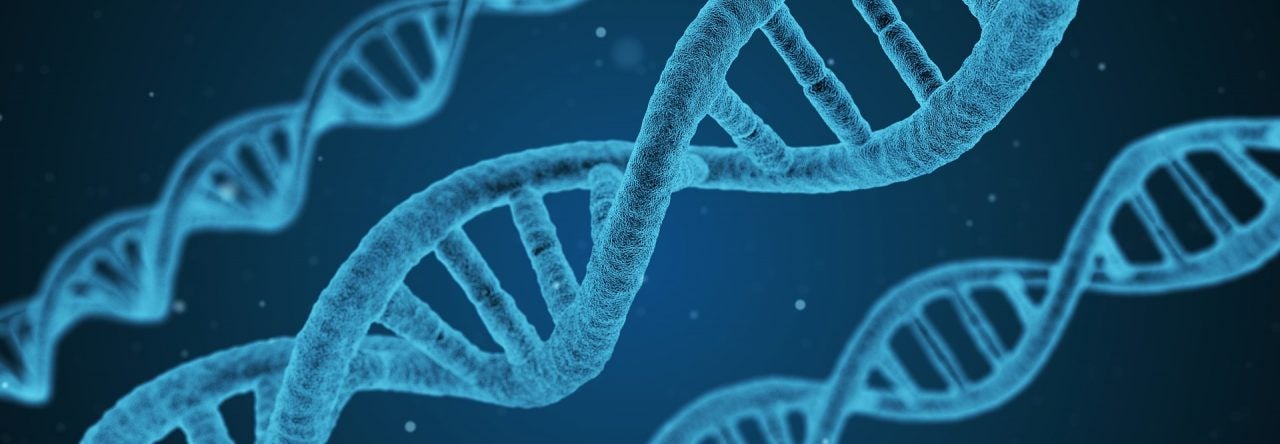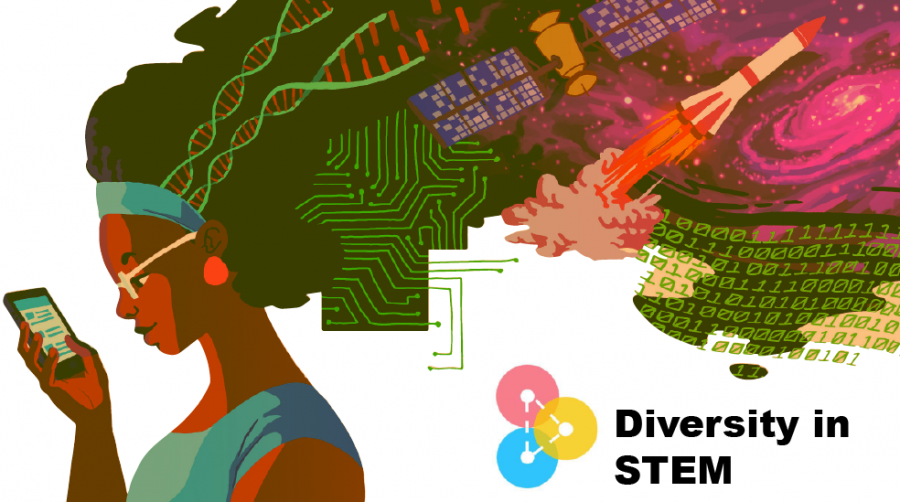Written By: Sydney Wyatt
Edited By: Emily Cartwright
“Everyone can relate to stories.” – Chris Anderson, TED Talks
Storytelling is essential in scientific communication: we are always told to “tell a story with the data” in papers, posters and presentations. There are many methods for storytelling (see this resource), but I’ll focus on my two favorite methods—the throughline and “And, But, Therefore” (“ABT”). As an example, I’ll use a very simplified hero’s journey and workshop my research using the two methods:
The hero’s journey: The protagonist lived in a peaceful and happy world but a problem arose, therefore she set out on a journey to find a solution.
My research: I study the role of fibroblast growth factor signaling in ovary and testis development in zebrafish.
Method 1: The throughline
When I think of forming a story, be it a blog post or a scientific poster, I tend to use the idea of a throughline, or narrative arc. It can also be considered the “point” of the story and narrowed down into one sentence; you can find examples here for Harry Potter and The Sorcerer’s Stone and The Lord of the Rings. A throughline for my research might be: fibroblast growth factor signaling is implicated in ovarian cancer cell proliferation, thus it may have a proliferative role in normal development. The throughline connects all the elements in a story—the protagonist to the problem to the journey to the solution—just as the elements of a poster or paper connect all the data.
We’re trained to write in a throughline manner: introduction, methods, data/results and conclusion. However, we as scientists don’t usually communicate verbally with a throughline. Instead we tend to throw data at an audience, like lab-mates in a lab meeting, and expect the audience to “get it.” There needs to be context for the audience to care about the problem and thus understand the journey. Why would an audience care about fibroblast growth factor signaling? I need to explain that it’s increasingly detected in ovarian cancer for them to care about my project exploring its normal role in development.
A throughline can have other elements that contribute to it, like branches on a tree as explained by Chris Anderson, author of TED Talks: The Official TED Guide to Public Speaking. One such element is the anecdote, which is useful in a presentation to relate to the audience. For instance, I might have had a close family member with ovarian cancer and I could share some of their story; the audience can relate to me on this topic and will care more about my research in zebrafish. I don’t need to share the anecdote, but it adds flavor to the presentation. You might do this naturally in a casual lab meeting by inserting commentary on how well the methods are going. I highly recommend reading the book for more details.
Method 2: “ABT”
Narrative is extremely important in storytelling, as explained in the throughline method above. Randy Olson, author of Don’t Be Such a Scientist, developed the And, But, Therefore (ABT) method for developing a narrative. It goes like this:
And: The protagonist lived in a peaceful AND happy world. Applied to my work: fibroblast growth factor signaling has a function in many developmental contexts AND has been well studied in contexts such as limb development. This serves as the introduction to the work being communicated. What’s known about the field? Why will the audience care about the work?
But: The protagonist lived in a peaceful and happy world BUT a problem arose. Fibroblast growth factors signaling is important in development BUT we don’t know what role it is playing in ovary and testis development. The “but” introduces the problem the research addresses. It also leads into the research question (is this signaling pathway promoting proliferation or differentiation?) and the hypothesis (it promotes proliferation).
Therefore: The protagonist lived in a peaceful and happy world but a problem arose, THEREFORE she set out on a journey to find a solution. Fibroblast growth factor signaling is important in development, but we don’t know its role in ovary and testis development; THEREFORE we conducted research to investigate our hypothesized role. There’s a lot to pack into the “therefore” segment of a paper or talk. It includes your results, methods, discussion and conclusion. For a more in-depth review of this book check out this article. I also highly recommend the book itself, which includes an application of this method to a poster presentation.
This article’s throughline and ABT are very similar: storytelling is an important component of successful communication, but it’s challenging in a scientific context, therefore I’ll share some common methods of story development.
There is no single correct way to develop a story, and these are just my two favorite methods. I invite you to explore the resources below to discover your favorite storytelling elements, but be wary of trying to fit in too many elements at once. Practice using different elements in different settings. A throughline might be most appropriate for a paper, but the “ABT” method may be better for a poster presentation or elevator talk. As always, practice and get feedback from your peers!
Want to practice with UCD BioScope? Pitch us an article at ucdbioscope@gmail.com.
Additional resources:
- Science Says’ storytelling and pitch workshops
- The Open Notebook (TON) has a wealth of information on many aspects of science writing.
- The National Association of Science Writers (NASW) has many resources on pitching and publishing science stories as well as professional development programs.
- The Council for the Advancement of Science Writing (CASW) frequently collaborates with NASW to put together the annual Science Writers conference.
- TED Talks: The Official TED Guide to Public Speaking by Chris Anderson
Don’t Be Such a Scientist by Randy Olson
















